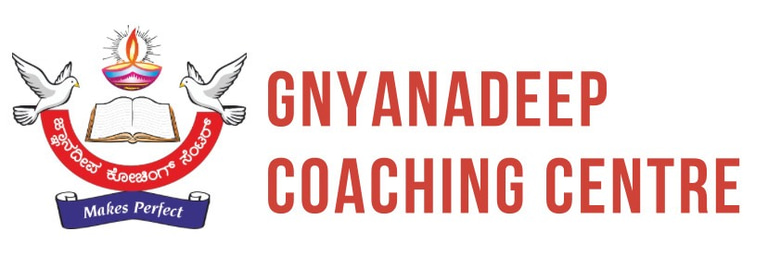How to Be a More Creative Student


Creativity isn’t just for artists—it’s a crucial skill for students in all fields. Whether you’re studying science, business, or literature, thinking creatively helps you solve problems, generate new ideas, and make learning more enjoyable. Here’s how you can develop creativity in your studies.
1. Ask More Questions
Curiosity fuels creativity. Instead of just memorizing facts, ask why and how things work. Challenge yourself to explore different perspectives and come up with unique solutions.
2. Think Beyond the Textbook
Don’t rely only on your syllabus. Watch documentaries, read books outside your field, or follow thought leaders. The more diverse your knowledge, the more connections you can make between ideas.
3. Use Mind Maps and Visual Aids
Instead of taking traditional notes, try mind maps, diagrams, or sketches. Visualizing information helps you see patterns and think more creatively about complex topics.
4. Experiment with Different Learning Style
Some students learn better through writing, others through discussion or hands-on activities. Try different methods—create videos, explain topics to a friend, or use storytelling to remember concepts.
5. Take Breaks and Relax
Overloading your brain kills creativity. Take short breaks, go for a walk, or engage in hobbies. Some of the best ideas come when you’re relaxed.
6. Surround Yourself with Creative People
Join discussion groups, clubs, or online forums where students share ideas. Exposure to diverse perspectives helps you think in new ways.
7. Embrace Mistakes and Experimentation
Creativity thrives on trial and error. Don’t fear making mistakes—learn from them. Try solving problems in unconventional ways and see what works.
8. Use Technology and AI Tools
Educational apps, AI-powered brainstorming tools, and platforms like Pinterest or YouTube can inspire new ideas. Use technology to enhance creativity, not replace it.
9. Engage in Creative Exercises
Try activities like writing prompts, brainstorming sessions, or thinking games. For example, challenge yourself to come up with multiple solutions for a single problem.
10. Keep a Creativity Journal
Write down interesting ideas, random thoughts, or questions that come to mind. Revisiting these notes can spark innovative ideas later.
Final Thoughts
Being a creative student isn’t about talent—it’s about mindset. Stay curious, experiment, and look at learning as an exciting process rather than a task. When you approach education with creativity, you’ll enjoy studying more and achieve better results.


